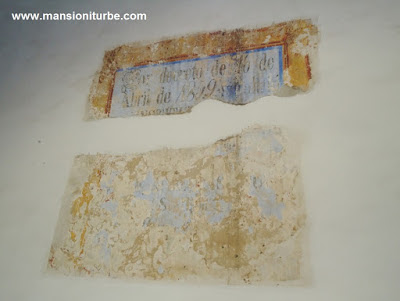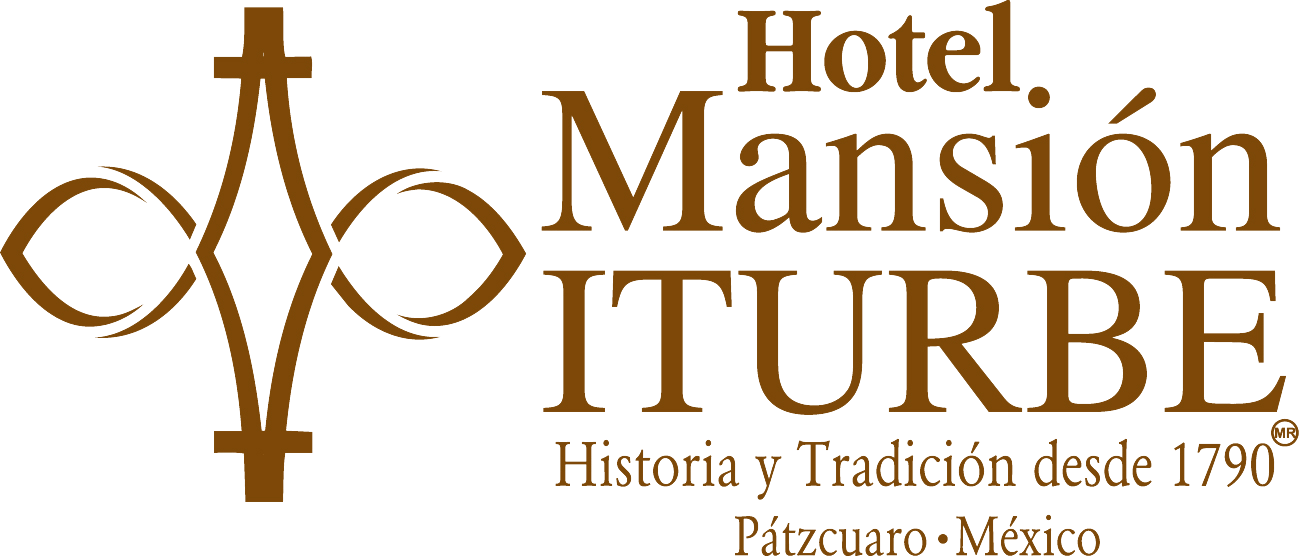Colonial Art in the Lake Pátzcuaro Area
Pátzcuaro and the Lake Region, have great artistic
wealth. From the time of evangelization in the 16th century when the Franciscan
monks arrived, numerous temples and monasteries were built in various communities
in the region.
 |
| Colonial Art at Templo de la Soledad in Tzintzuntzan, Michoacán |
Learn
more about the unique colonial art around Lake Pátzcuaro. What began as a clash between the Spanish evangelists and
Purépecha (indigenous) cultures, ended up in a cultural syncretism.
Among
their tasks, the evangelizers taught arts and crafts to the indigenous. The
Spaniards created many painting in temples, which became a way of connecting
with the indigenous on a daily basis.
 |
| San Nicholas Church in Santa Fe de la Laguna at Lake Pátzcuaro Region |
Sculptures
were also used in our region, but using a technique using corn cane paste that
the Purépechas used to fashion images of their gods. This technique amazed the
evangelists for its lightness, and they exported much of it to Europe.
 |
| Sculptures of Corn Cane Paste in Pátzcuaro in a Holy Week Procession |
Through art, they recreated historical events and characters of the era and to disseminate knowledge. This is well illustrated on the walls of the second floor of the Cultura Center:"Antiguo Colegio Jesuita de Pátzcuaro”, which at the time were teaching classrooms.
 |
| Murals at the Cultural Center Antiguo Colegio Jesuita in Pátzcuaro |
Thus,
in the colonial art that we admire throughout the Lake Region, we always find
indigenous artists. If you look at the stonework in the convents and churches,
you will find elements of their culture through different symbols.
 |
| Former Convent of Santa Ana in Tzintzuntzan, Michoacán |
 |
| Former Convent of Santa Ana in Tzintzuntzan, Michoacán |
The
heavens shown the Temple of Santiago Apostle in Tupátaro and the ceilings of the Temple of solitude in Tzintzuntzan were painted by indigenous
hands.
 |
| Temple of Santiago Apóstol in Tupátaro, Michoacán |
You
will find corn cane paste religious images throughout the region, as well as
paintings of great artistry that will leave a lasting impression on you.
 |
| Agregar leyenda |
When
visiting the different venues where you can marvel at the colonial art, remember
that they are mostly temples, cultural centers, or museums.
 |
| Colonial Art at the Basilic of Our Lady of Health in Pátzcuaro |
Communities
love their heritage and are proud of it. You'll find friendly people of these
communities who safeguard their temples and ex-convents, as is the case at the Ex Convento Franciscano de Santa Ana inTzintzuntzan.
 |
| Colonial Art at the Former Convent of Santa Ana in Tzintzuntzan, Michoacán |
The
people of these communities watch over their colonial treasures, and are
connoisseurs who will kindly answer questions about their charges.
 |
| Colonial Art at the Basilic of our Lady of Health in Pátzcuaro |
We
at Hotel Mansión Iturbe invite you
to follow directions and always be the Responsible Tourist:
1. Keep your voice down.
2. Walk, don’t run in
these buildings.
3. If you take photos,
don’t use flash.
4. Obey requests NOT to
take images (Templo de Santiago Apóstol in Tupátaro).
5. Don’t bring food in.
6. Don’t touch art
objects.
7. Don’t lean on display
cases.
If
you like colonial art, the Lake Pátzcuaro area is your place to visit!
*Text and pictures property of Hotel Mansión Iturbe.
We invite you to check more post in our blog, you will find information about Pátzcuaro and its surroundings that we hope will be useful for your next trip to our colonial town in Mexico!
Here are some post that we suggest you:
Hotel Mansion Iturbe
Portal Morelos 59
Plaza Vasco de Quiroga
61600 Patzcuaro, Michoacan
México
Tels: +52 (434) 342 0368 / 342 3628
Fax: +52 (434) 342 3627
Toll Free fax number from USA & CANADA: 1 866 678 6102
GDS CODES:
Amadeus: ON MLMMAN
Sabre: ON 16297









Comentarios